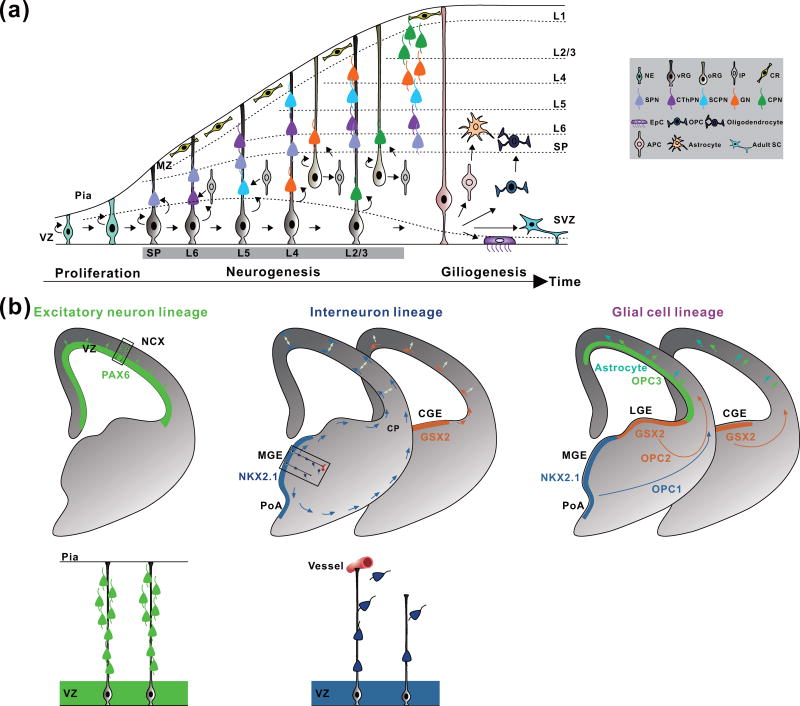Figure 2. Neural lineages in the mammalian cerebral cortex.
(a) A schematic representation of the progressive development of the cerebral cortex. As time progresses, neuroepithelial cells (NEs) proliferate and give rise to radial glial progenitor cells in the ventricular zone (vRGs), which account for the major neural progenitor cells in the developing cortex. vRGs initially undergo symmetric division to amplify the progenitor pools and then undergo asymmetric division to produce distinct cortical neurons (SPNs, subplate neurons; CThPN, cortico-thalamic projection neurons; SCPN, subcerebral projection neurons; GNs, granular neurons; CPN, callosal projection neurons) in a temporally progressive manner via intermediate progenitor cells (IPs) and outer subventricular zone radial glial progenitor cells (oRGs). New-born neurons migrate radially in a birth date-dependent inside-out fashion to constitute the future cortex. Towards the end of neurogenesis, a fraction of RGs proceeds to gliogenesis, generating astrocytes, oligodendrocytes, ependymal cells (EpCs), and adult subventricular zone stem cells (adult SCs). CR, Cajal-Retzius cell; MZ, marginal zone; OPC, oligodendrocyte precursor cell; APC, astrocyte precursor cell; (b) The progenitor cell origins of excitatory principal neurons, inhibitory interneurons, and glial cells in the cerebral cortex. Excitatory neurons are generated by PAX6-expressing RGs in the dorsal telencephalon, migrate radially, and form ontogenetic radial units in the cortex. Inhibitory interneurons are produced by NKX2.1-and GSX2-expressing RGs that often contact periventricular blood vessels in the ventral telencephalon, including the medial ganglionic eminence (MGE), preoptic area (PoA), and caudal ganglionic eminence (CGE), migrate tangentially, and frequently form ontogenetic clusters in the cortex. Oligodendrocytes arise from both the dorsal and ventral telencephalon in different waves, whereas astrocytes are mostly generated by progenitors in the dorsal telencephalon. LGE, lateral ganglionic eminence; CP, cortical plate.

